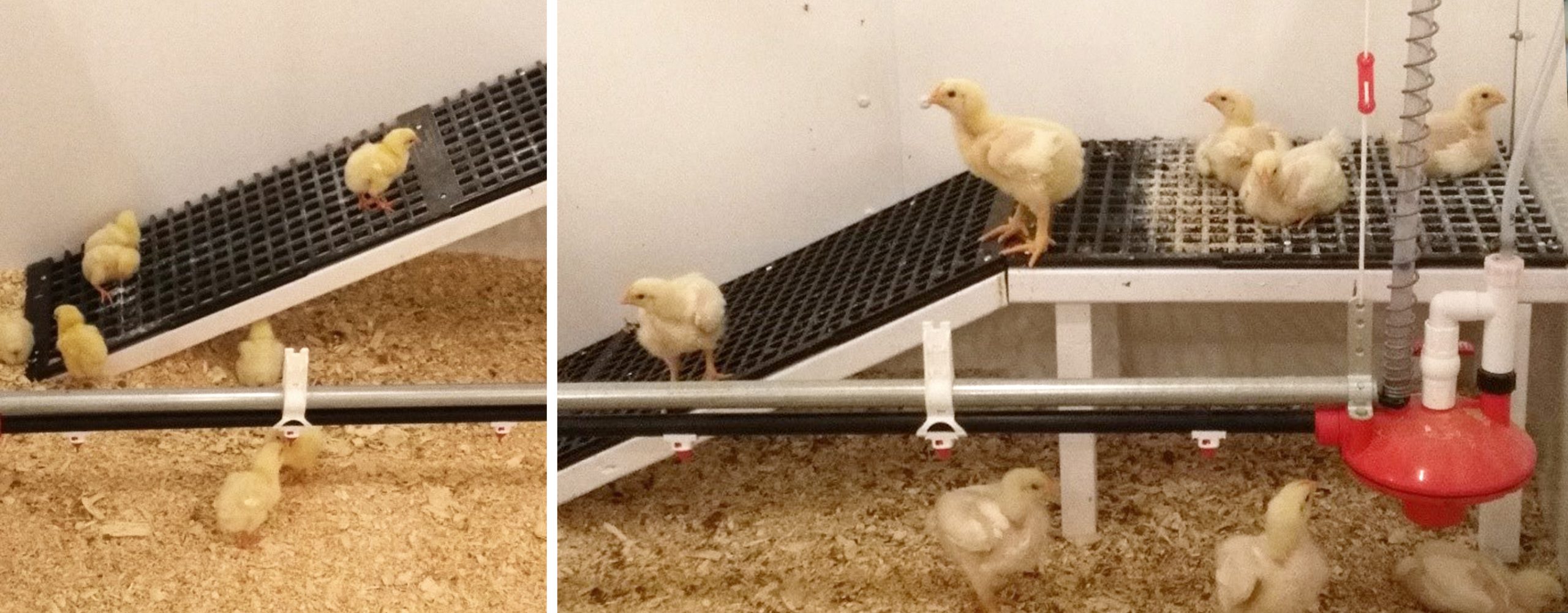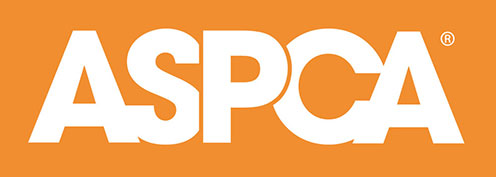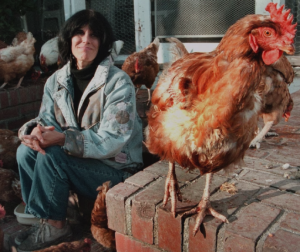
Modern chickens descended from the Red Jungle Fowl, a ground dwelling and ground nesting bird. (Note: If you missed our past blog about the evolution from Red Jungle Fowl to our modern-day broiler, read more here.) In the wild, jungle fowl spend about 75% of their day foraging for fruit, seeds, leaves, insects, spiders and even small lizards. Much of their remaining time is spent preening and dust bathing. Even when housed in zoos with easy access to food sources, jungle fowl spend the majority of their time foraging.

Like jungle fowl, today’s laying hens also spend the majority of their day feeding, foraging and otherwise active; however, broiler chickens are more sedentary. Study after study has found modern, fast-growing broiler chickens spending 75% of their day inactive, even in free-range conditions. This is because laying hens and broiler chickens have been selected for different traits over the last 75 years, which has led to differences in the time they spend active. So, it is unfair to compare the activity levels of broiler chickens to red jungle fowl or laying hens as they have been bred for different purposes. It would be like comparing the activity levels of a wolf to a Border collie or a Dachshund. Border collies and Dachshunds have been selectively bred for different jobs and purposes, which has resulted in different temperaments and activity levels versus a wolf.
So how active should a broiler chicken be?
Okay, so we know that broiler chickens spend the majority of their time inactive, but what does that active time look like? There is evidence that physical activity, such as walking and running, during early development improves muscle and bone development. We also know that when chickens are given enrichments, such as raised platforms or hay bales, they will actively use them on a daily basis. In any case, it is important to provide chickens with the opportunity to choose to be active whenever they want.
That’s where G.A.P.’s 5-Step® Animal Welfare Certification Standards come in. G.A.P. standards specify requirements for space (also known as stocking density), air quality (a signal of litter issues), enrichments (such as hay bales and perches), natural light (such as windows), appropriate amounts of light and darkness throughout the day (chickens are diurnal), and many others. Farms have to meet more than 100 standards just to achieve G.A.P.’s base Animal Welfare Certification.
When birds are given the opportunity to be active when they want, we still see slight variability in activity levels between broiler chicken strains. And this is the part we want to focus on. Those slight differences in activity levels between strains can be the difference between better or worse welfare outcomes.
Inactivity in different broiler strains
As part of the Better Chicken Study conducted at the University of Guelph, scientists compared the inactivity levels of sixteen strains of broiler chickens using wearable activity devices – kind of like chicken Fitbits. The sixteen strains were grouped into one of four different categories depending on their growth rate: conventional strains (this category has the fastest growth rate), fastest slow growing strains, moderate slow growing strains, and slowest slow growing strains.
The scientists found differences in inactivity levels between growth rates, and, on a related measure, they also found differences in enrichment use and foot and leg health.
Inactivity. At four weeks of age, the conventional strains spent more time inactive than the moderately slow growing and slowest slow growing strains, amounting to two more hours of inactivity. At five weeks of age, the conventional strains continued to spend more time inactive than the slowest slow growing strains, which amounted to one hour of activity.
Enrichment use. The slowest slow growing strains used enrichments more than any other growth rate category, spending an extra hour or two per day on the enrichments compared to the other strains.
Foot and leg health. The conventional strains also had the most foot and leg lesions, which were directly attributable to their inactivity while sitting on the litter.

So what does this mean?
In the Better Chicken Project study, the researchers found that even though all strains were raised in the same environments and given equal opportunities to be active, the faster growing strains were still less active than the others. When considering all of the factors together, the researchers concluded that broiler strains with the faster growth rates were less active, used enrichments less, and were more likely to suffer foot and leg lesions.
In our next blog, we’ll be looking into lameness and mobility factors also researched through the study, and whether the higher inactivity levels in the fastest growing strains were due to overall leg health issues.
Thanks for your interest in our quest to define a better broiler!











